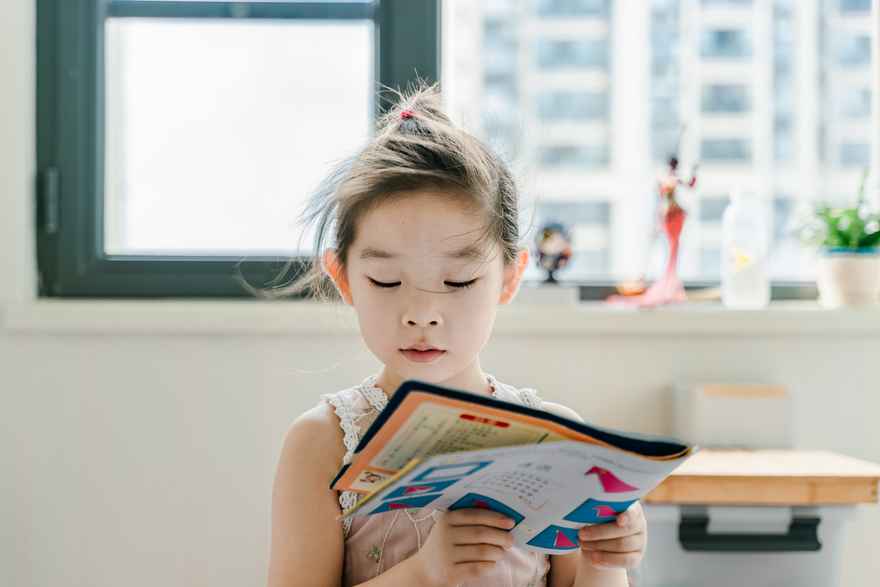Thinking Outside the Book Box

One of the hardest things for us to fit into our day is listening to every student read aloud. In days gone by, this was a daily feature. Even if students spent much of their time doing busywork or mucking around putting pegs on the end of their fingers during Guided Reading sessions, we at least felt good that we had heard everyone read. The move away from these groups to more whole class instruction means that teachers feel an understandable anxiety that we aren’t paying enough attention to individuals. My suggestion to you is that perhaps a shift in thinking is required here. Do we really need to listen to every child read a whole book every day? Are they really learning if we haven't asked them all individual comprehension questions?
As always, I’m on a quest to bring you practical, tested ideas for things you can do in your classroom, so here are some suggestions from excellent teachers I know.
- Have every child read their decodable texts (or more complex text if they are ready for it) with a partner who is up to the same ‘level’ as they are. That way both students can receive support when reading. Put one book between two students and have one point while the other reads aloud.

- During this partner reading time, you can either have ‘focus children’ who you circulate through, taking notes and checking in with or bring a small group of children to a small group table. One teacher I know called it her ‘carpet crew’ and the children know when it’s their turn to sit with her during this time (They even have a special tag!). If you are working with a paraprofessional colleague, have them circulate through the class while you meet with your small group to keep everyone else on track.
- The literacy block is not the only time to listen to children read. After lunch is an excellent time to spend additional time with your spotlight children who need more support or those children who you know aren’t reading to an adult at home.

- Technology can be utilised to buy you extra time. An early year’s teacher shared with me that she has taught her students to record themselves reading on an iPad. She then listens to the recordings and provides specific feedback to each student. So, each day she gives feedback directly to the ‘focus’ children she listens to in person and the children who have recorded themselves. It’s not the whole class every day. It doesn’t have to be. Is it a lot of work? It sure is, but this teacher has found that the benefits of high quality, personalised feedback outweigh the difficulties of the practice. Her students know what their goals are for their reading and what they need to do to achieve them. The key to making this work is her intimate knowledge of every student’s reading profile. General feedback doesn’t get the job done here. (You can download a list of possible reading goals at the bottom of this post)

- One of the practices that was a regular feature of my own classroom was to have students read a range of texts in ‘quiet reading time’ after lunch. In my multi-age classroom where students ranged from year 1-6, the first stop was their decodable text or book of choice if they were up to that. Everyone read at the same time. I circulated through the rows of desks, stopping at particular children. When I stopped, they knew it was their turn to read aloud from wherever they were up to. I might ask them a question, or I might not, depending on the student. This was in addition to partner reading during the literacy block. Students were then free to spend time with whatever books they wanted to from the classroom or school library.
- There are other ways to make sure that students are engaging with texts other than asking them all individual questions. Having students talk with a partner about an event in their text or drawing a picture of what might happen next in the story helps you to see whether they are understanding what they read. A former colleague of mine created small ‘reading journal’ books where she had her students note down any words they didn’t understand the meaning of, indicate whether they enjoyed the text and write a one or two sentence summary of what they just read and share it with a friend. She worried that students might get bored of this, but they actually loved it.
I am positive that there are many different ways to manage listening to your students read. Teachers are a creative bunch and the ability to respond to the needs of your context and your students will help you to implement structured literacy practices effectively. There is no, one, best way to carve out time in your day. Do what you can with as many children as you can. Great things can happen when we think outside the book box.

 Jocelyn Seamer Education
Jocelyn Seamer Education
1 comment
Jocelyn, thank you so much. These ideas are great. I haven't done the recording of their reading I am going to try this idea and setting the students a goal. I will let you know how I go.
Leave a comment